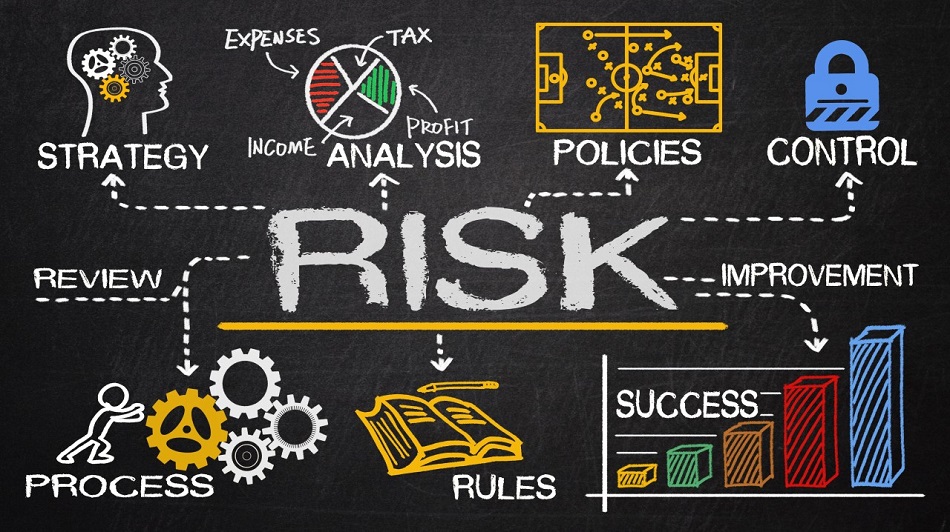Investing in emerging markets can offer high growth potential but also comes with unique risks such as political instability, currency volatility, and economic uncertainty. Successfully navigating these challenges requires thoughtful planning and risk management strategies. Here’s a guide from Scott Tominaga to managing risks while investing in emerging markets.
- Diversification Across Countries and Sectors
Diversification is a key principle for mitigating risks in emerging market investments:
- Spread Across Regions:
- Avoid over-concentration in a single country or region. For instance, invest in multiple markets across Asia, Africa, and Latin America.
- Sector Diversification:
- Balance exposure across industries like technology, consumer goods, and infrastructure to reduce the impact of sector-specific downturns.
- Currency Risk Management:
- Select investments in markets with relatively stable currencies or hedge currency risks with financial instruments.
Example: Investing in an emerging markets ETF can provide exposure to a wide array of countries and sectors, offering built-in diversification.
- Monitor Geopolitical and Economic Events
Emerging markets are particularly susceptible to geopolitical and economic shifts:
- Political Stability:
- Track political developments, such as elections, policy changes, and trade agreements, that can impact market conditions.
- Economic Indicators:
- Monitor GDP growth, inflation rates, and central bank policies to assess the health of the economy.
- Global Events:
- Be aware of external factors like commodity price fluctuations, global interest rates, or geopolitical conflicts that could ripple into emerging markets.
Tip: Use reliable sources like the IMF or World Bank for up-to-date economic data and forecasts.
- Use Professional Fund Managers or ETFs
For less experienced investors, professional management can help mitigate risks:
- Emerging Market Funds:
- Invest in ETFs or mutual funds that specialize in emerging markets, as they provide diversification and professional oversight.
- Active Management:
- Opt for actively managed funds that can adapt to changing market conditions and reduce exposure to high-risk assets.
- Local Expertise:
- Look for fund managers with deep knowledge of the local market dynamics and regulatory environment.
Example: Funds like Vanguard FTSE Emerging Markets ETF (VWO) or iShares MSCI Emerging Markets ETF (EEM) offer broad, diversified exposure to these markets.
- Hedge Against Currency and Inflation Risks
Currency fluctuations and inflation can significantly impact returns in emerging markets:
- Currency Hedging:
- Use derivatives or funds with built-in currency hedging to protect against currency devaluation.
- Invest in Hard Assets:
- Real estate or commodities can serve as a hedge against inflation in volatile economies.
- Dollar-Denominated Assets:
- Consider bonds or funds denominated in stable currencies like USD or EUR to reduce currency-related risks.
Impact: Hedging strategies safeguard your investment’s purchasing power and value over time.
- Set Long-Term Goals and Risk Tolerance
Investing in emerging markets often requires patience and a clear understanding of your risk profile:
- Focus on the Long Term:
- Short-term volatility is common in emerging markets, but the long-term growth prospects often outweigh the risks.
- Risk Assessment:
- Determine how much of your portfolio to allocate to emerging markets based on your financial goals and risk tolerance.
- Avoid Emotional Decisions:
- Stick to your investment plan and avoid overreacting to temporary market fluctuations.
Tip: Allocate no more than 10–20% of your portfolio to emerging markets, depending on your risk appetite.
Conclusion
Managing risks in emerging market investments requires careful diversification, diligent monitoring, and a strategic approach to currency and inflation challenges. Leveraging professional expertise, focusing on long-term goals, and staying informed about geopolitical and economic developments can help investors navigate the complexities of these high-potential markets. By implementing these strategies, you can position yourself to reap the rewards of emerging market growth while minimizing the associated risks.

